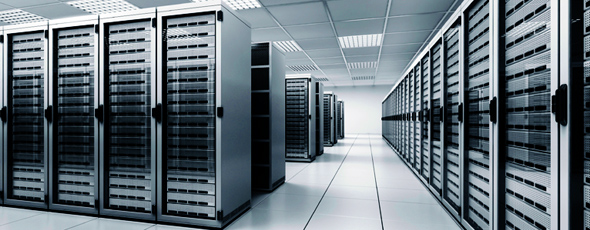
Judgement Day, August 4th 1997. The day that the human race was wiped out by Skynet, a man-made advanced artificial intelligence which judged the continued existence of the human race as an unnecessary tactical error. The machines we built to save us, destroy us. This is the history of the world according to Terminator 2. The parable of out of control machines rising up against their human creators is one that has been told since the beginnings of mass industrialisation. Has this warning from our future selves come too late? Are we already enslaved by our machine overlords, trapped in a network over which we have less dominion than them? In the 19th Century, the Luddites – textile artisans – proffered similar warnings, realising that if they were to be able to ply their trade, the mechanical loom machines which were replacing them would have to go.
The age when the machines of Fordist industry dominated the factories of our society has long past. The industrial production line has been replaced by the call centre, administrative office blocks and vast warehouses. As immaterial production in the UK became the norm our interactions with the machines we work with became less mechanical and more abstract: assembly lines replaced by server farms and complex IT infrastructures. Post-Fordism is reliant upon the value that can be extracted from the production of complex, networked social relationships, and technological developments have greatly assisted this shift. Our economy is now almost entirely mediated through computers and software.
Software, no matter how complicated, is a virtual machine designed to perform a series of repetitive and simple tasks previously performed by people – the word ‘robot’ is, after all, derived from the Czech term for serf labour. Software programs arrange and analyse data, calculate results or make a series of simple decisions based on inputs and programming. Code is everywhere. It regulates stock levels in warehouses, processes video footage for distribution across television and online networks. Algorithms perform microtransactions, accruing millions on the stock market. They target us with advertising based on our browsing habits and make purchasing suggestions based on our previous consumer choices. Put simply, software is the Post-Fordist version of the automated factory, where labour time is gobbled up by a series of electronic decisions originally programmed by human hands, but once implemented, left to their own devices.
The development of computer technology is driving us up a cul de sac. Moore’s ‘Law’ states that the number of electronic switches that can fit on an integrated circuit (microchip) doubles roughly every two years. This observation has held true for more than three decades and the trend is expected to continue for at least another ten years. To put the sheer scale of this into perspective: a microchip built today is capable of over 65,000 times the performance of a device the same size built in 1979.
These improvements in computational power are leading to vast swathes of labour time being swallowed up by the capabilities of software-based automation. This doesn’t only reduce the need for workers, it also greatly affects the flow of capital. If work is being done by machines, the value of what is produced is affected. When a new, faster piece of software is implemented more can be produced with less human input. To recoup profit from the cheaper produce requires a larger market to trade within. This leads to the development of two inherent contradictions from both ends of the process: a permanent declining level of value, requiring fewer workers, and a permanently expanding market to absorb the lost value of the output.
The contemporary political economic orthodoxy doesn’t really work if machines continue to replace human labour at such a rate. Capitalism is predicated on the insistence that we all trot over to the labour market and sell our time. We can’t have machines stealing all of that time. Keynesian ‘Full Employment’ becomes impossible when all of our services and jobs are being replaced by cheaper software. Unless there is a fundamental shift in our society’s mode of production, we are headed for a future where the best we can hope for is to be allowed to sweep one of the umpteen giant server rooms or occasionally repair a damaged component (until machines are built which can do this as well.)
This isn’t just theory, it’s lived experience. The broadcast/post-production industry over the past decade, for example, has seen roles increasingly becoming about the monitoring of automated workflows. As the speed and capabilities of computer processing chew through work at an ever increasing rate and IT systems become more and more stable, many people’s jobs in this industry consist entirely of watching preset workflows go through the motions, entirely without human input. An employee’s task in this field begins and ends with restarting machines when they crash, although this doesn’t even happen every day with modern computers. It’s the Luddites all over again, just with virtual machines.
Of course, this is not an argument for halting scientific progress for the salvation of wage labour. It’s only within a capitalist mode of production that these levels of automation are problematic for people trying to make enough to live on. In a post-capitalist society, automation would be socially beneficial, freeing people from menial, dangerous and time consuming tasks to perform work of social benefit. Everyday, technology pushes us closer to an economy that is capable of organising the basic infrastructural work almost unaided. Based on current patterns, the choice may be taken out of our hands at any rate. In a battle between Moore’s Law and Full Employment, Moore’s Law will win.
By Jack Dean | @Jack__Dean









